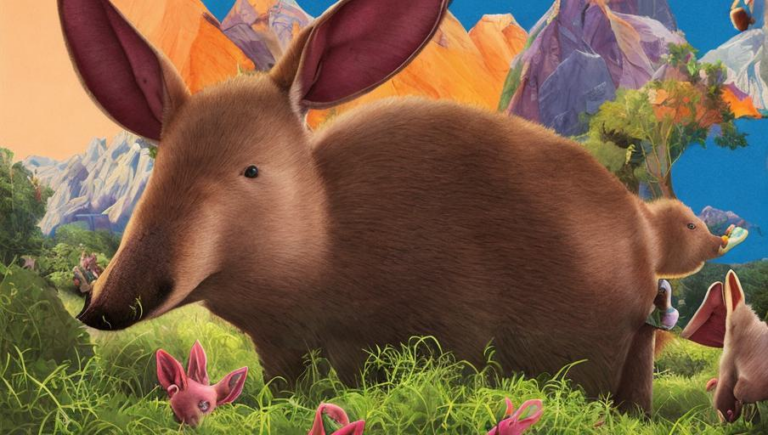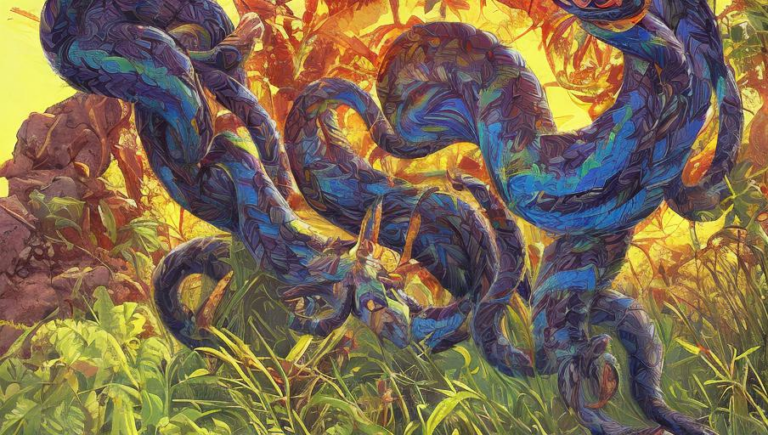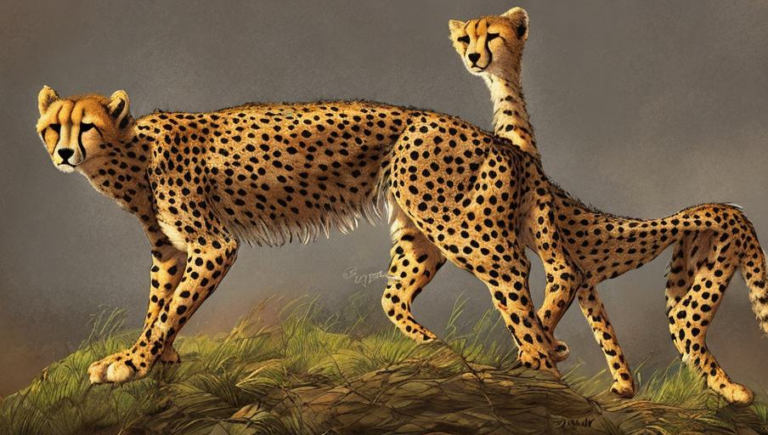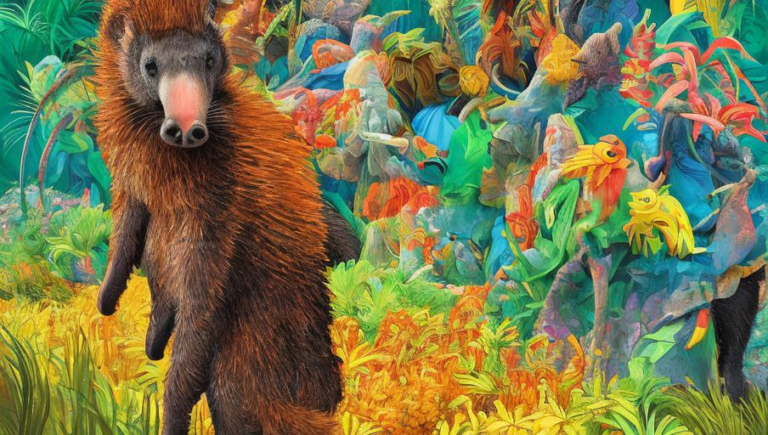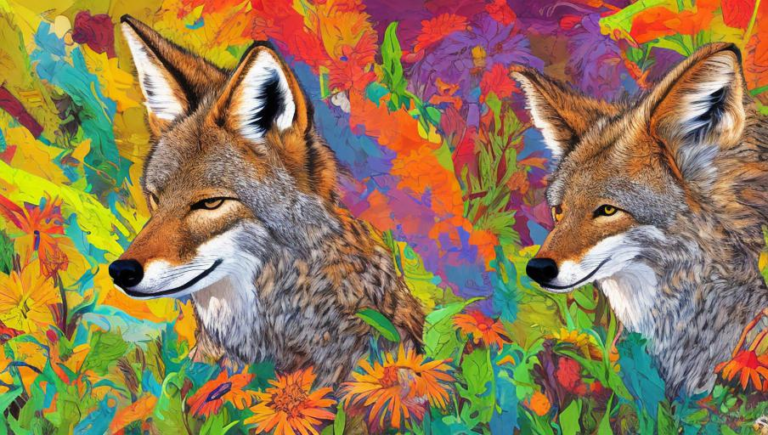Mapping the Migratory Patterns of Crabs
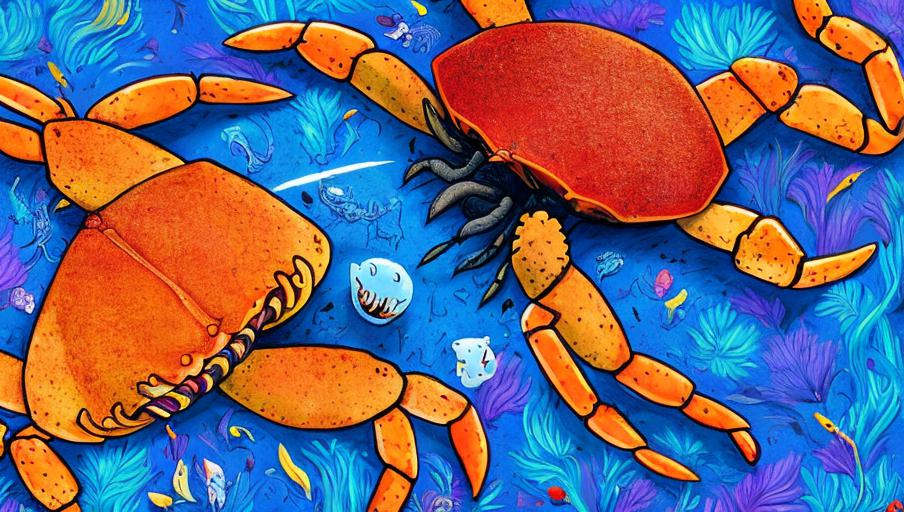
Mapping the Migratory Patterns of Crabs
Crabs are some of the most fascinating creatures in the ocean, with some species migrating across thousands of miles every year. It is amazing to think of these incredible animals making their way through treacherous seas, often navigating their way around obstacles like reefs and rocks. But, how exactly do they do it?
Scientists have been studying the migratory patterns of crabs for decades. By tracking their movements, they have been able to gain a better understanding of how crabs use the ocean to find food, shelter, and mates. They have also been able to observe the different behaviors and adaptations they use while they travel.
One of the most important tools researchers use to track the migration of crabs is GPS technology. By attaching a small transmitter to the crab’s shell, scientists can track its movements and map out its migration route. This has been especially useful in helping to determine the migration patterns of crabs in areas like the Caribbean, where there is not as much human interference.
In addition to GPS tracking, scientists are also using drones to observe the migratory patterns of crabs. By flying drones over areas where crabs are known to migrate, scientists can get a better understanding of their movements, as well as the obstacles they face during their travels. The drones also allow researchers to observe how crabs interact with their environment, helping to shed light on how they react to changes in their habitats.
The data collected from these studies is helping scientists to better understand the environmental and behavioral factors that influence the migratory patterns of crabs. By understanding these patterns, researchers will be able to better protect and conserve these incredible animals in the future.
Crabs are an important part of the ocean ecosystem, and their migratory patterns are an essential part of how they survive and thrive. By studying their migratory patterns, scientists can gain a better understanding of how these animals interact with their environment, and how we can help protect them for generations to come.
